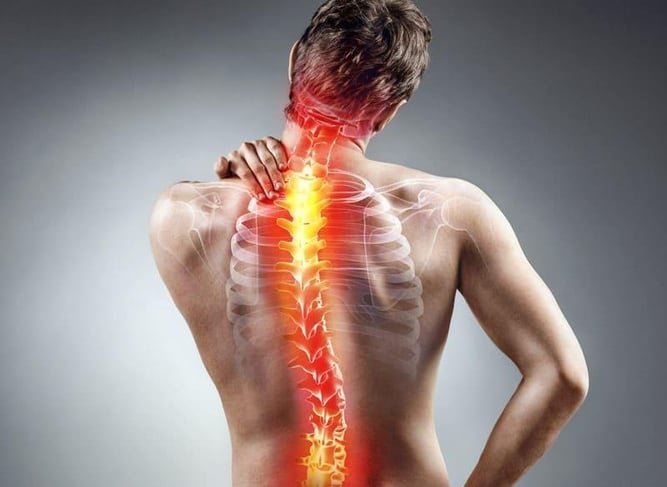For reducing, treating, and preventing sciatica symptoms, physical therapy and exercise are usually the first-line treatments. Typical sciatica symptoms and indicators include:
- Pain in the lower back, hips, and/or legs
- Buttock, thigh, calf, and/or foot numbness, tingling, and/or weakness
Underlying medical issues, such as a herniated or degenerative disc or nerve root compression in the lumbar spine, can produce sciatica, or radiating pain into the leg. As part of your sciatica treatment strategy, your spine specialist may recommend you to a physical therapist. Passive and active interventions are used in physical therapy (PT).
Passive PT refers to treatments delivered by the physical therapist (such as heat/cold packs), whereas active PT involves your "active" participation.

PT can benefit persons with sciatica by reducing inflammation and discomfort, improving physical function, and preventing recurrence of symptoms. Furthermore, your physical therapy programme may educate you how to improve your posture and may include a home workout programme for long-term physical health improvement.
The Effects of Passive Physical Therapy on Sciatica
The purpose of passive physical therapy is to relax your body and gradually remove unpleasant soft tissue tension, preparing your body for active therapies that enhance strength, flexibility, and long-term pain avoidance. Your personalized passive PT strategy may incorporate the following elements:
_800x480.jpg?width=634&height=381&name=AI_Rehab(J2206130252)_800x480.jpg)
Massage of the deep tissues
Deep tissue massage focuses on specific spinal muscles and fascia (muscular connective tissue) in the lumbar spine (low back), hips, and buttocks that may be pinching the sciatic nerve or nerves that branch out from it. The therapist applies direct pressure and friction to your soft tissues (ligaments, tendons, muscles) to try to release tension.

The use of hot and cold therapies
The physical therapist uses heat to increase blood flow to the target area—greater blood flow means more oxygen and nutrients for that area. A heat pack put on your piriformis muscle, for example, may assist alleviate muscle spasms that may be causing your sciatica.

Cold treatment, on the other hand, inhibits circulation, which aids in the reduction of inflammation, muscle spasms, and discomfort. To get the most out of each, your physical therapist will cycle between heat and cold therapy.
Transcutaneous electrical nerve stimulation (TENS)

TENS is enabled by a machine that stimulates your muscles with varied (yet safe) electrical current strengths. TENS reduces muscle spasms and may boost the generation of endorphins, the body's natural painkillers. If your therapist believes it's necessary, you could even use it at home. Your physical therapist's TENS machine is larger than the "at-home" machine. A TENS machine, whether large or tiny, can be a useful therapeutic.
Ultrasound
Therapeutic ultrasound devices send sound waves deep into your muscle tissues, generating moderate heat that improves circulation and speeds healing. Increased circulation aids in the reduction of muscle spasms, cramps, edema, stiffness, and discomfort.
Sciatica Relief Through Active Physical Therapies
During the active phase of physical therapy, your therapist will teach you a variety of therapeutic stretches and exercises to help you increase your flexibility and muscular strength. Your physical therapy programme is tailored to your specific needs, taking into account your medical history. Aerobic training, strengthening exercises, and movements to promote flexibility and range of motion may all be included.
Hydrotherapy

Hydrotherapy is a sort of light exercise that your physical therapist may offer as part of your sciatica treatment plan. Many people who find weight-bearing exercise on land difficult find remarkable success with hydrotherapy, which uses the gentle resistance of water to strengthen and tone muscle. Swimming and water aerobics are both forms of hydrotherapy.
Aside from light exercises to strengthen your core, low back, and legs, your physical therapist may teach you how to improve your posture and incorporate ergonomic concepts into your daily tasks to protect your spine. Simple modifications in daily movement will go a long way towards preventing future sciatica symptoms.
Summary
When sciatica is severe, patients may find it difficult to handle the discomfort and may need to rest for a day or two. Resting for more than a couple of days, on the other hand, is generally not advised, as extended rest or inactivity can exacerbate pain and contribute to deconditioning. Regular movement is essential for allowing healing nutrients to reach the wounded areas that cause pain.

